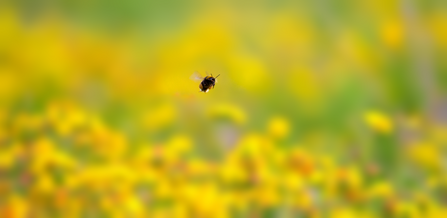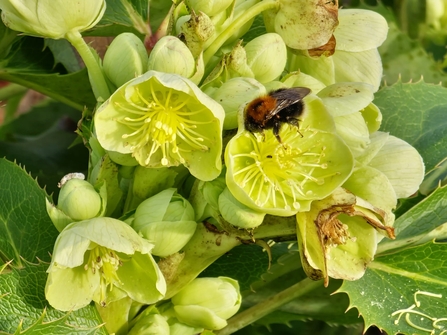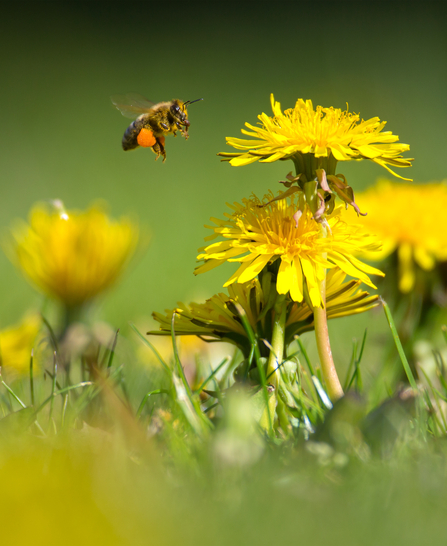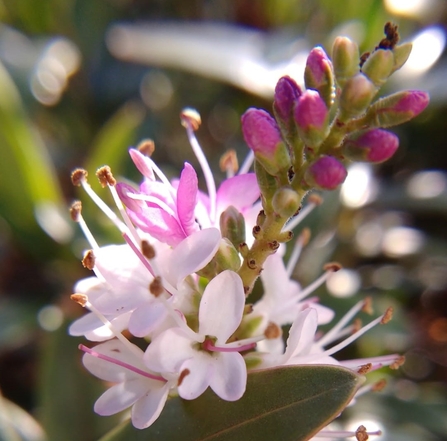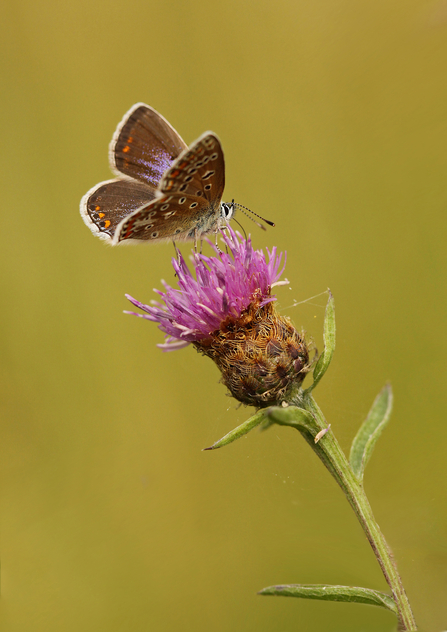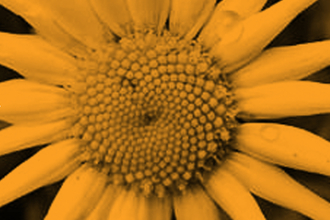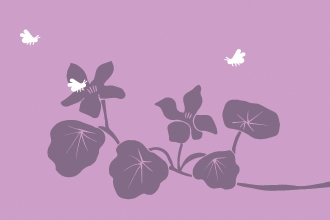Much is made these days of the benefits for wildlife of mowing your lawn less and leaving patches of your garden to grow wild (or at least become ‘untidy’). While these actions – or inactions, if you like – undoubtedly give a boost to numerous insects and other animals, another way to specifically help our pollinators is by also filling your outdoor area with lots of different plants and flowers, with different blooming seasons, so that they have a nearly year-round nectar source. What’s more, anyone can do this – whether you have a big garden with abundant borders, or a balcony with a few pots and planters.
Pollinators are any animals that move pollen from the male part of a flower (called the stamen or anther) to the female part (a stigma) of the same or another flower. This process must occur for the plant to become fertilised and produce fruits, seeds and young plants. Some plants are self-pollinating, others might be fertilised by the wind or rain, while others require intervention by pollinators.
While bees are probably the most well-known of our pollinators, there are so many other creatures that carry out this vital role too, such as flies, beetles, wasps, butterflies, moths, birds and even small mammals like bats. Some, including many bee species, intentionally collect pollen, while others might move pollen unintentionally as a result of visiting flowers for food, shelter, nest materials or even a mate.


